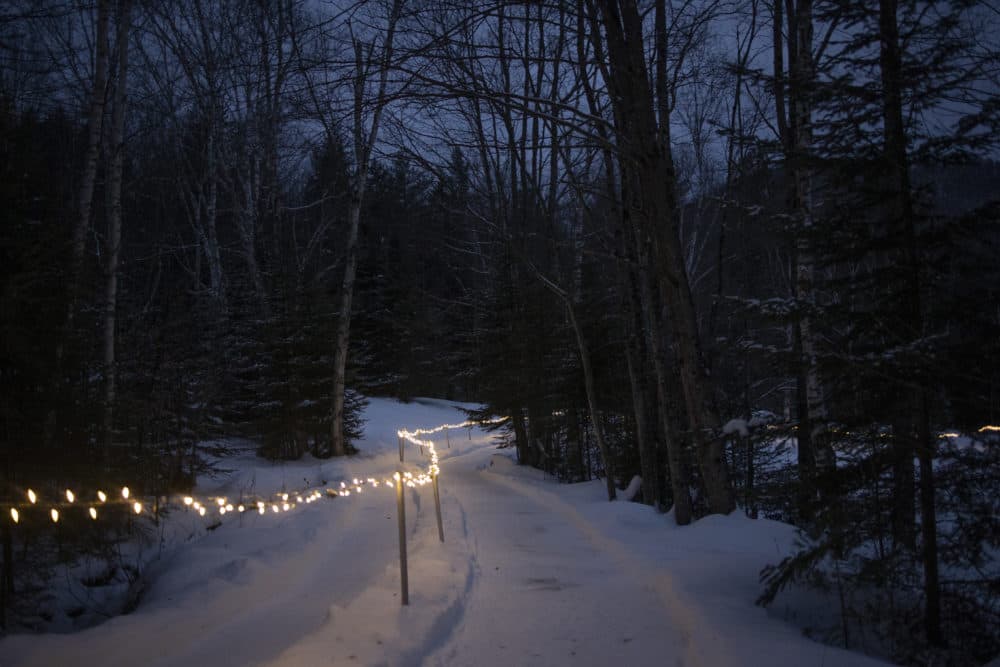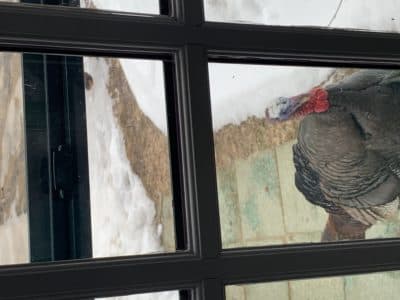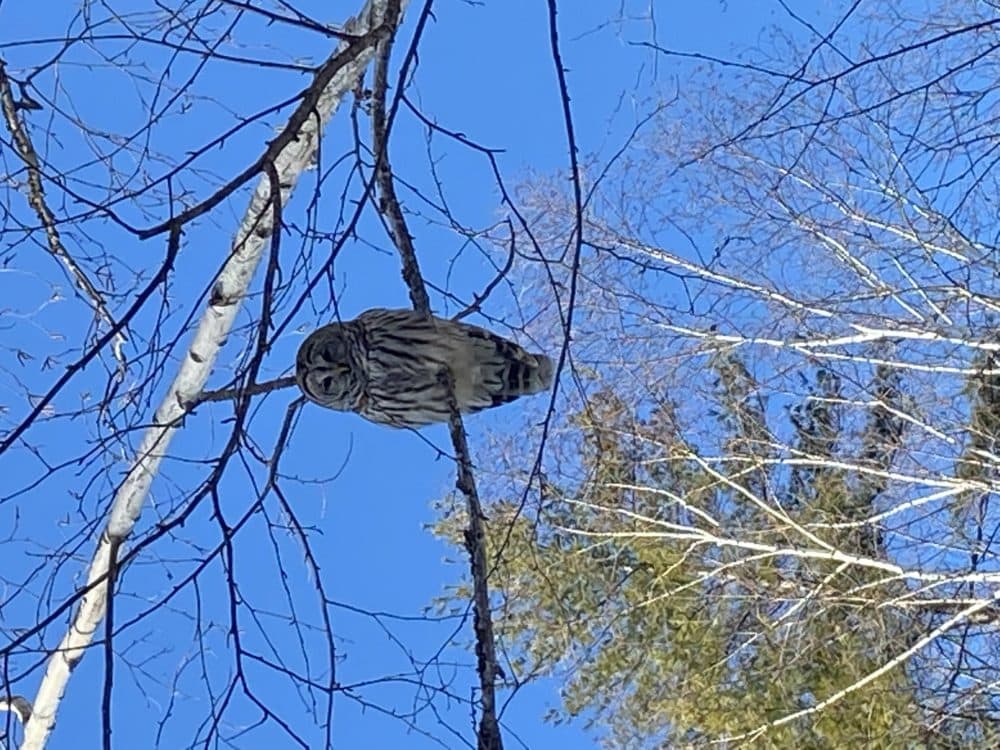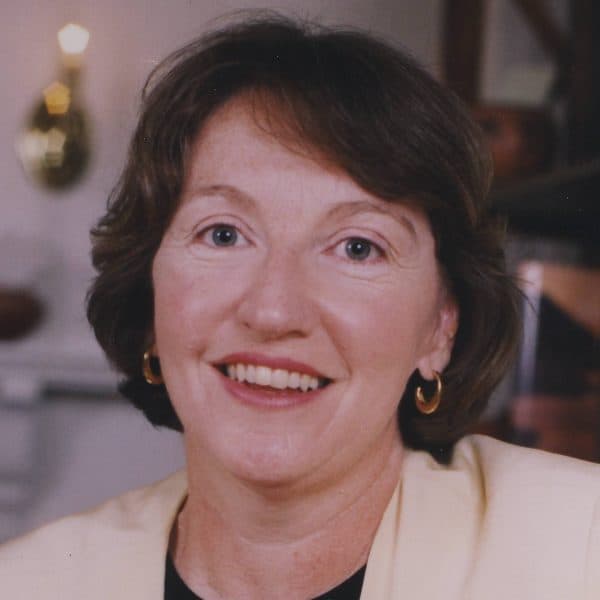Advertisement
Commentary
The smaller lessons of the pandemic

It began with what sounded like a knock on the back door early on a wintry morning. I was in our country house and not entirely comfortable being alone in the New Hampshire woods. Small scratching sounds within the walls would soon enough disabuse me of the notion that humans were the only creatures in residence at our small farmhouse. But, at 7 o’clock on that frigid March morning in 2020, I was still a tourist on these six acres.
In response to the insistent banging on the mullioned glass, I grabbed an old sweatshirt and bounded down the stairs, expecting to find a package from Amazon or an irate propane deliveryman, since I had not cleared the previous night’s snowfall from the path to the tank.

Instead, I spied, squatting on the doorstep, the largest wild turkey I had ever seen, an impression formed less by my extensive experience with turkeys than by my having grown up in an apartment hard by the commuter railroad tracks in North Cambridge. The only turkeys I had encountered growing up were frozen and wrapped in plastic by the Butterball poultry company.
Like many urbanites whose idea of wildlife was shaped by the bedtime stories of Thornton Burgess and the animators of Walt Disney, I am given to anthropomorphism. When a squirrel on Boston Common sits next to my park bench in a fashion that I take to be polite, I assume he is near-sighted, mistakes me for Snow White and expects I will share my lunch with him as, indeed, I will.
... the creatures that live in our corner of a traumatized planet — the bobcats, black bears, the white-tailed deer and the bald eagles — were inoculation enough against isolation and despair.
But this was no Disney character at my back door. The turkey was, for one thing, oblivious to my presence. He continued to peck hard at the glass, more antagonized by his reflection than intimidated by the flustered woman on the other side of it. He stood nearly four feet tall, his face as blue as his neck was red. He attacked what he must have taken to be a rival tom so vigorously that he risked shattering the pane and embedding shards of glass into his impressive snood.
My aggressive or narcissistic turkey — who’s to say which? — would be no more than a funny footnote to a weekend alone in the woods had his visit not come just before a pandemic sent the globe into lockdown. The turkey became, instead, the first of the local fauna’s many ambassadors to arrive as my spouse and I took up permanent residence on what we came to call — for a reason as obvious as it sounds — Deer Haven Farm.
When there was as yet no vaccine for the coronavirus that was sweeping the world, when we were still wiping down our groceries with antiseptic spray and learning the difference between a cloth face covering and an N-95 mask, the creatures that live in our corner of a traumatized planet — the bobcats, black bears, the white-tailed deer and the bald eagles — were inoculation enough against isolation and despair.

Observing them felt healthier than binging re-runs of “Law and Order” between the college classes I was fumbling to teach online from my basement. Slipped into a lecture, a photograph of a barred owl had the unforeseen benefit of prompting otherwise disengaged students to unmute themselves long enough to ask, “What the hell was that?”
Said owl, one of a pair, had for weeks been making an intermittent ruckus out of sight in the hours between dusk and dawn. It chose a bright afternoon to show itself, flying onto the snow-covered branch of a paper birch 100 yards from the house.
As we enter our third year living and dying with COVID-19, I now know that I will always be the tourist here.
I approached with as much stealth as my rustling parka allowed, but I needn’t have been so cautious. The owl sat stock still. I would say it looked amused, but that would mean I still thought of my neighbors as cartoon characters and this I no longer did. An owl — maybe this one — had cured me of such sentimentality by leaving a trail of tattered black feathers on the snow after it devoured a roosting crow one morning in the pre-dawn dark.
Hooty the Owl never did such a thing in “Mother West Wind’s Children.” But then, Lightfoot the Deer never ate all of Farmer Brown’s hostas, either.
There are so many big lessons we have learned during two years of forced isolation during this pandemic — about the power of science to protect us, about the ability of disinformation to distract us. But there have been smaller lessons, too, no less important, about the human need for connection, wherever we find it.
For my part, I have learned to whom this small patch of land along a rutted dirt road in central New Hampshire really belongs. As we enter our third year living and dying with COVID-19, I now know that I will always be the tourist here.
